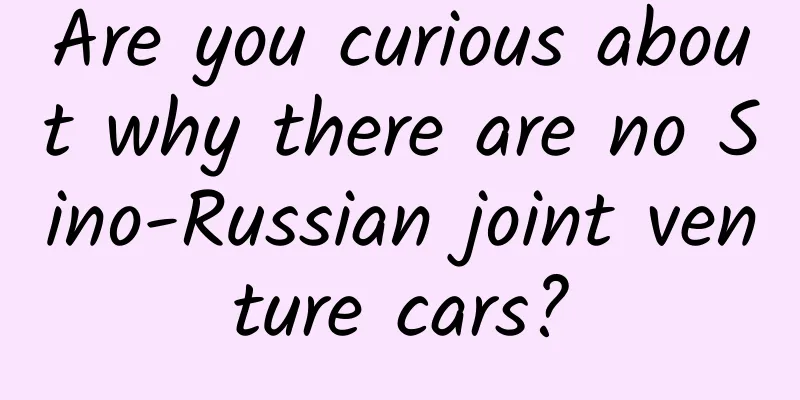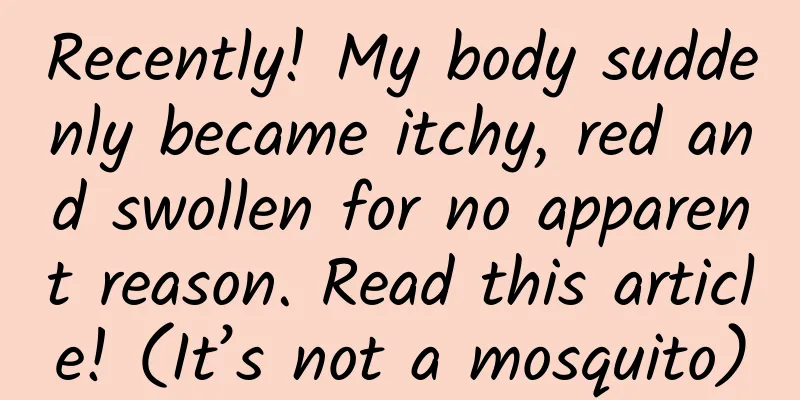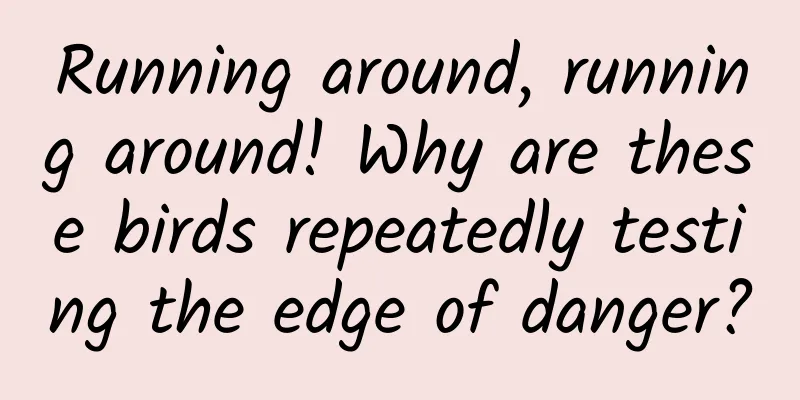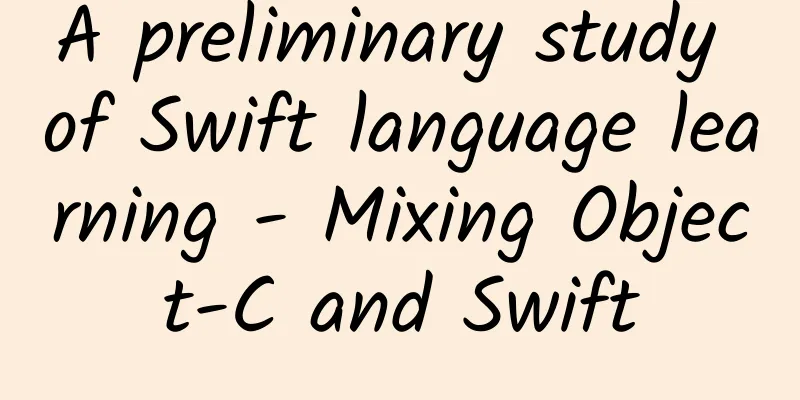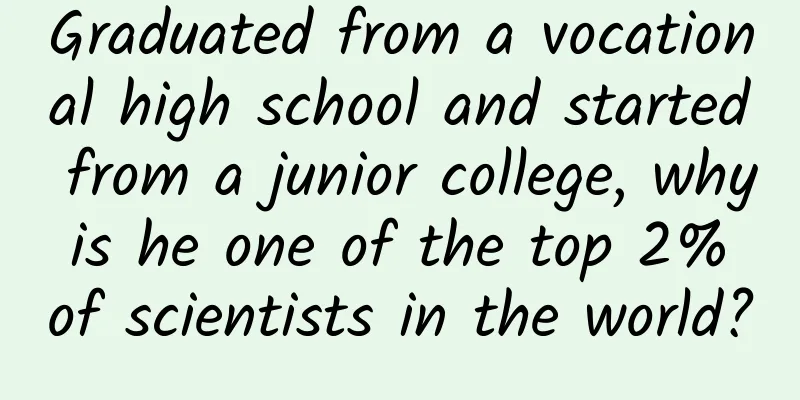You can recognize everything by taking a photo. How does AI “understand” pictures?
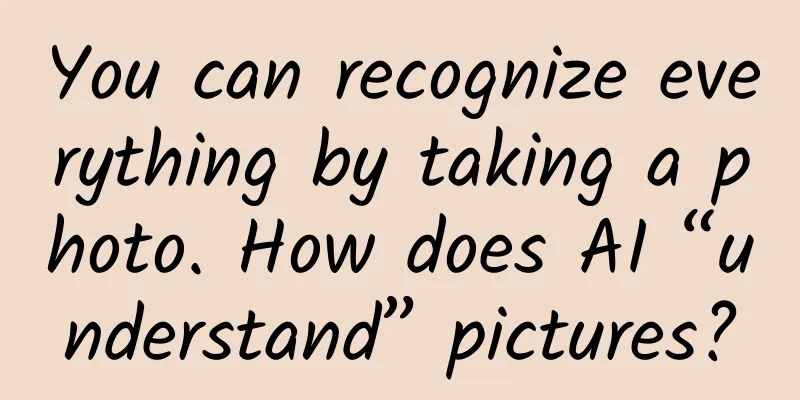
|
Welcome to Science Popularization China’s special winter vacation column “ High-tech Classes for Children ”! As one of the most cutting-edge technologies today, artificial intelligence is changing our lives at an astonishing speed. From smart voice assistants to driverless cars, from AI painting to machine learning, it has opened up a future full of infinite possibilities for us. This column will use videos and text to explain to children the principles, applications, and profound impact of artificial intelligence on society in an easy-to-understand way. Come and start this AI journey with us! The following is the text version: AI image recognition is everywhere in our lives. See a plant you don't recognize? Take a photo and you'll find the answer in minutes. Self-driving cars seem to have eyes and can easily determine where the road is and where the trees are. Facial recognition technology also allows us to pay by scanning our faces. All of this is inseparable from a technology - convolutional neural network. This technology is like the eyes of AI. To understand how AI's eyes work, we first need to look at how animals' eyes work. From cat eyes to AI eyes: inspiration from visual neurons In the 1950s and 1960s, David Hubel and Torsten Wiesel studied cat vision and found that after a picture enters the cat's field of vision, the neurons responsible for vision in the cat's brain are activated by different things. To make it easier to understand, let's look at an example. For example, in a picture like this, some neurons are very interested in the edge lines of objects in the picture and will focus on processing this information, while some neurons are more sensitive to large blocks of color and are better at processing this information. These nerve cells work together to help organisms recognize various complex images. Edgar Degas, At the Races in the Countryside, 1869 This research won David and Torstein the 1981 Nobel Prize in Physiology or Medicine, and also inspired a very important algorithm in the field of artificial intelligence, the convolutional neural network . In the 1980s, Japanese scientist Kunihiko Fukushima designed a model called Neocognitron to recognize Japanese handwritten characters. There are different "layers" in Neocognitron to extract different information, and finally combine this information to judge the recognized characters. This inspired a French scientist named Yann Lecun, who designed the earliest convolutional neural network and built the LeNet model based on the convolutional neural network. This model was used by many banks to recognize handwritten characters at the time. Let's take a look at how convolutional neural networks work through a simple example. Convolutional Neural Networks: The Unsung Heroes of Image Recognition Compared with neural networks, convolutional neural networks have two more processes when recognizing images: convolution and aggregation. Convolution, this process, is performed by something called a convolution kernel. In the eyes of computers, a picture is actually a matrix composed of pixels. The convolution kernel does not consider the information of each pixel separately, but processes the information of a certain area, such as 3×3 or 5×5 pixels at the same time. In this way, the information of adjacent pixels can be comprehensively considered to better extract higher-level features. You can imagine that the convolution kernel is like an observer looking at a picture through a telescope with a specific field of view, processing and recording the information seen. We can also set up observers with different focuses to extract different dimensions of information from the image. For example, some observers focus on extracting color information, some focus on extracting object edge contour information, and some specialize in extracting information about a specific shape. Finally, the information is combined to help the neural network make better judgments. In addition, convolutional neural networks have another important step - aggregation (also known as pooling). Images are often very large matrices, and aggregation can compress the information in a region into one piece of information. For example, for a 16×16 matrix, the information of the darkest grid in the 2×2 grid can be extracted through aggregation, and it can be turned into an 8×8 matrix. If the same aggregation is performed again, the 8×8 matrix can be turned into a 4×4 matrix. Although the image will change after aggregation, the basic features of the entire image are still retained. Convolution and convergence enable convolutional neural networks to extract image information very well, which greatly improves the efficiency of image learning and processing. Of course, convolutional neural networks also use the same back-propagation algorithm as neural networks, continuously adjusting the parameters in the neural network based on known results to make increasingly accurate judgments. So, how does AI change the ecology of some industries? In the next few episodes, we will explore together. Planning and production This article is a work of the Science Popularization China-Creation Cultivation Program Produced by: Science Popularization Department of China Association for Science and Technology Producer|China Science and Technology Press Co., Ltd., Beijing Zhongke Xinghe Culture Media Co., Ltd. Author: Beijing Yunyuji Culture Communication Co., Ltd. Reviewer: Qin Zengchang, Associate Professor, School of Automation Science and Electrical Engineering, Beihang University Planning丨Fu Sijia Editor: Fu Sijia The cover image and the images in this article are from the copyright library Reprinting may lead to copyright disputes |
<<: Be careful! The power sockets in high-speed trains are really harmful to your phone
>>: Flowers bloom in the spring…wait, why do these spring flowers bloom in the winter?
Recommend
2022 Postgraduate Entrance Examination Political Science Course Resources - Gaotu, Xinwendao, Haitian, Wendu, New Oriental, Xiao Xiurong Postgraduate Entrance Examination Political Science
17. 2022 Yu Feng 16. 2022 Higher Education Online...
Why is it so difficult to convince the older generation? There is a term in psychology: the backfire effect
Have you ever tried to persuade someone, but foun...
20 ways to promote and attract traffic on the Internet, save them!
Hello everyone, today I will share with you the “...
5 thoughts on community operations, and several points of focus on people and time periods!
In fact, this is a summary I wrote for myself. It...
A must-read for women! How terrible is “corpus luteum rupture”?
The following incident happened at the Asian Game...
It hasn't been long since Google's Project Ara was ruined
Editor's note: It's only been a short tim...
A gathering of young people with literary talents, Hammer has these three considerations
On the evening of the 19th, Hammer officially rel...
Random talk: "Zhejiang" scientist Qian Xuesen: If you fail the times, how can you have a good time?
...
What kind of smartphone do we need in 2015?
January 29 (Reporter Zhang Zhichang) At the fourt...
No creativity in video promotion? This article teaches you!
Since the second quarter of 2018, the education i...
Bidding Promotion | How to reduce costs and increase clicks?
The competition environment is intensifying. Alth...
Apple plans to launch a new energy vehicle in 2024, which will use "breakthrough" self-developed battery technology
As new energy vehicle companies have dominated th...
Why is your “old bring new” fission activity not working?
The global conversion rate of the project in this...
@All programmers: "Long-term sitting" attracts health "assassins"? Here are some tips to help you deal with it →
Today is a common holiday for programmers. There ...
What should I do if the information flow delivery effect is not good? Just need to understand these 4 data!
How to play information flow advertising ? Who sh...

